WELCOME TO BACKA YARD GARDEN
HEALTH BENIFITS OF GROWING YOUR OWN FOOD
Cultivating Health and The Benefits of Growing Your Own Food
In today’s fast-paced world, where convenience often trumps nutrition, the simple act of growing your own food has emerged as a powerful antidote to the ailments of modern living. Beyond the satisfaction of nurturing plants from seed to harvest, cultivating a backyard garden or tending to a small plot can yield a bounty of health benefits that extend far beyond the dinner table. From physical well-being to mental health and environmental stewardship, here’s a closer look at how growing your own food can enrich your life:
1. **Nutritional Superiority**: Freshly harvested fruits, vegetables, and herbs pack a nutritional punch that store-bought produce often lacks. When you grow your own food, you have control over the cultivation methods, ensuring that your crops are free from harmful pesticides and chemicals. Plus, you can harvest them at peak ripeness, maximizing their flavor and nutrient content.
2. **Increased Consumption of Fruits and Vegetables**: Research has shown that individuals who grow their own food are more likely to consume a greater variety and quantity of fruits and vegetables. Having easy access to fresh produce encourages healthier eating habits, leading to improved overall nutrition and reduced risk of chronic diseases such as obesity, diabetes, and heart disease.
3. **Physical Activity**: Gardening is a form of low-impact exercise that engages the body in a variety of movements, from digging and planting to weeding and harvesting. Spending time outdoors in the fresh air and sunshine while tending to your garden can contribute to improved cardiovascular health, increased flexibility, and enhanced muscle tone.
4. **Stress Reduction**: The rhythmic tasks involved in gardening, such as watering, pruning, and harvesting, have been shown to have therapeutic effects on mental well-being. Engaging with nature and the tactile experience of working with soil can reduce stress levels, alleviate anxiety, and promote a sense of calm and relaxation
5. **Connection to Nature**: In today’s urbanized world, many people are increasingly disconnected from the natural world. Cultivating a garden provides an opportunity to reconnect with the rhythms of nature, fostering a deeper appreciation for the earth’s cycles and the interconnectedness of all living things.
6. **Sense of Accomplishment**: There’s nothing quite like the satisfaction of growing your own food from seed to table. Watching seeds sprout, plants flourish, and crops ripen instills a sense of pride and accomplishment that boosts self-esteem and reinforces a sense of agency over one’s own health and well-being.
7. **Environmental Benefits**: Growing your own food promotes environmental sustainability by reducing the carbon footprint associated with transporting and packaging store-bought produce. Additionally, home gardens provide vital habitat for pollinators and other beneficial insects, contributing to biodiversity and ecosystem health.
In conclusion, the health benefits of growing your own food extend far beyond the nutritional value of fresh produce. Gardening offers a holistic approach to well-being, integrating physical activity, stress reduction, and environmental stewardship into daily life. Whether you have a sprawling backyard or just a few pots on a balcony, cultivating a garden is an investment in your health and happiness that pays dividends for years to come. So roll up your sleeves, dig in the dirt, and reap the rewards of growing your own food. Your body, mind, and planet will thank you.

Salone Green
Leaf Vegetable – Amaranth family of plants that are widely distributed in temperate regions and cultivated for their edible leaves

Sorrel (Sawa-Sawa)
Sorrell, any of several hardy perennial herbs of the buckwheat family (Polygonaceous) that are widely distributed in temperate regions and cultivated for their edible leaves
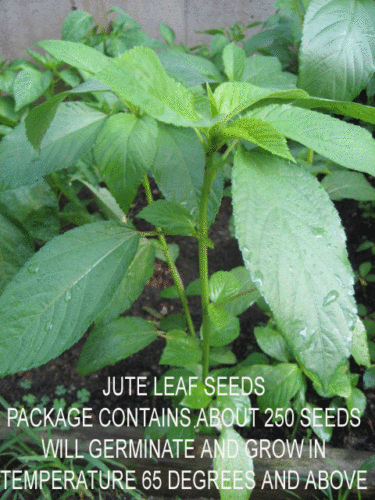
Jute Leaf
Depending on the region, jute leaves are also referred to as edewu, ayoyo, and rau day, among many other names
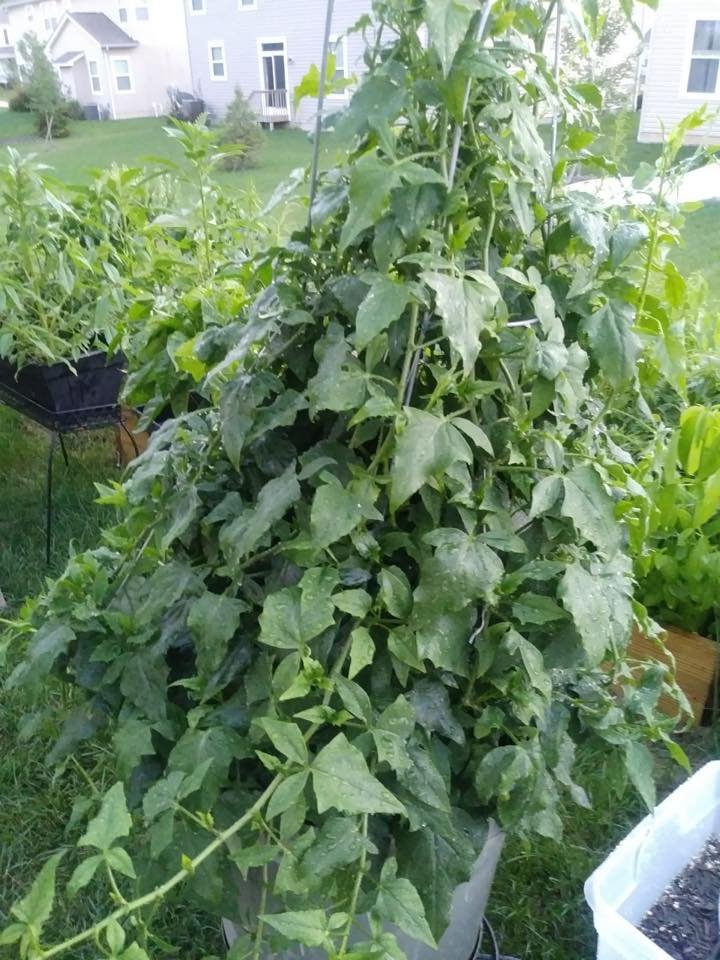
Borlorgee
Salone Borlogee – Botanical name is Solanecio Biafrae or Crassopalum Biafrae. Widely distributed in temperate regions and cultivated for their edible leaves
Welcome to the wonderful world of backyard gardening, where the simple act of growing what you eat is akin to printing your own money. It’s a journey that offers countless benefits, from improving your health and well-being to fostering a deeper connection with nature and the plants that sustain us.
Whether you have acres of land or just a small balcony in your apartment, there’s a garden waiting to be grown. You don’t need a green thumb or years of experience; all you need is a little Tender Loving Care (TLC) and patience as your plants take root and flourish.
Imagine stepping outside your door to pick fresh vegetables for your meals, knowing they’re free of pesticides and chemicals. Picture the satisfaction of nurturing a tiny seedling into a thriving plant, witnessing the miracle of growth unfold before your eyes.
But gardening is more than just a hobby; it’s a lifestyle choice that empowers you to take control of your food supply and reduce your environmental footprint. By composting kitchen scraps and enriching your soil, you’ll create a thriving ecosystem right in your backyard or on your windowsill.
So, to everyone reading this, I encourage you to join us on this journey of growth and abundance. Whether you’re a seasoned gardener or a complete novice, there’s something magical about planting a seed and watching it bloom.
Together, we’ll explore the joys of gardening, share tips and tricks, and inspire each other to cultivate our own little piece of paradise. So let’s roll up our sleeves, get our hands dirty, and start growing!

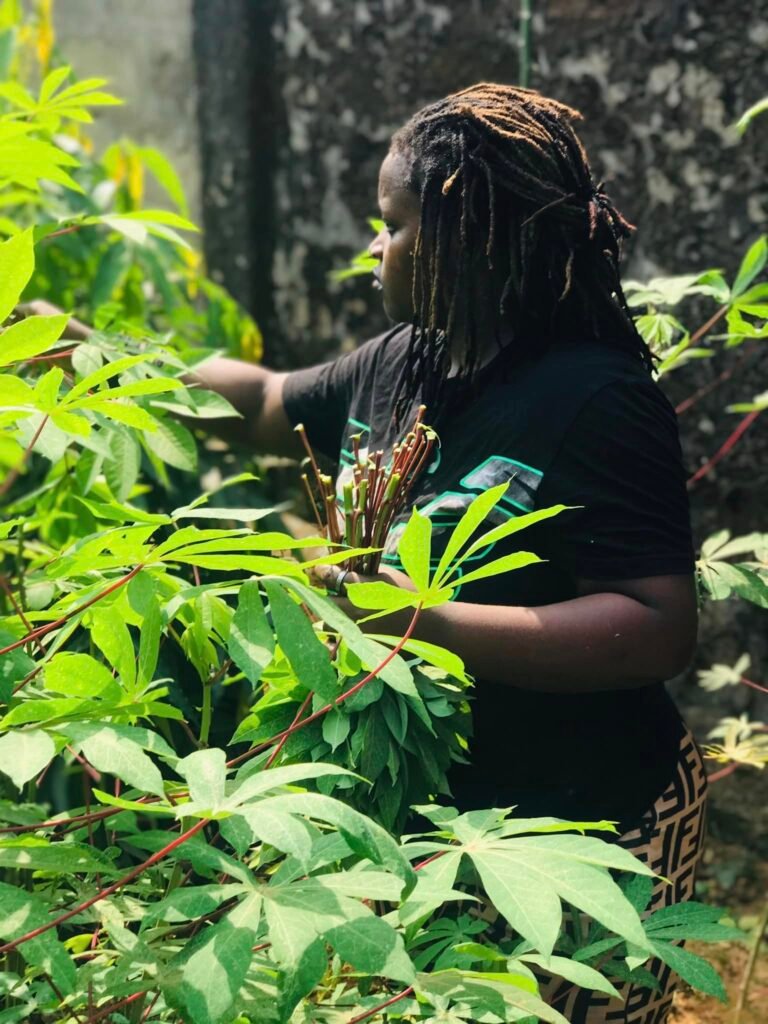
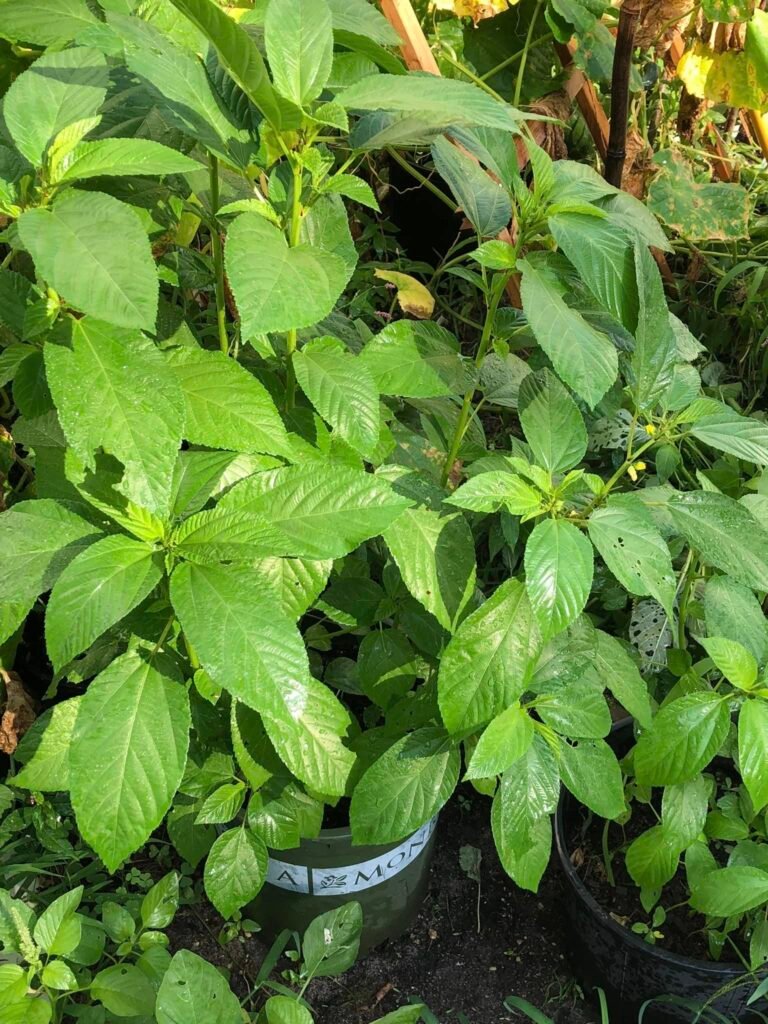
Jute Leaf ( Krain Krain)
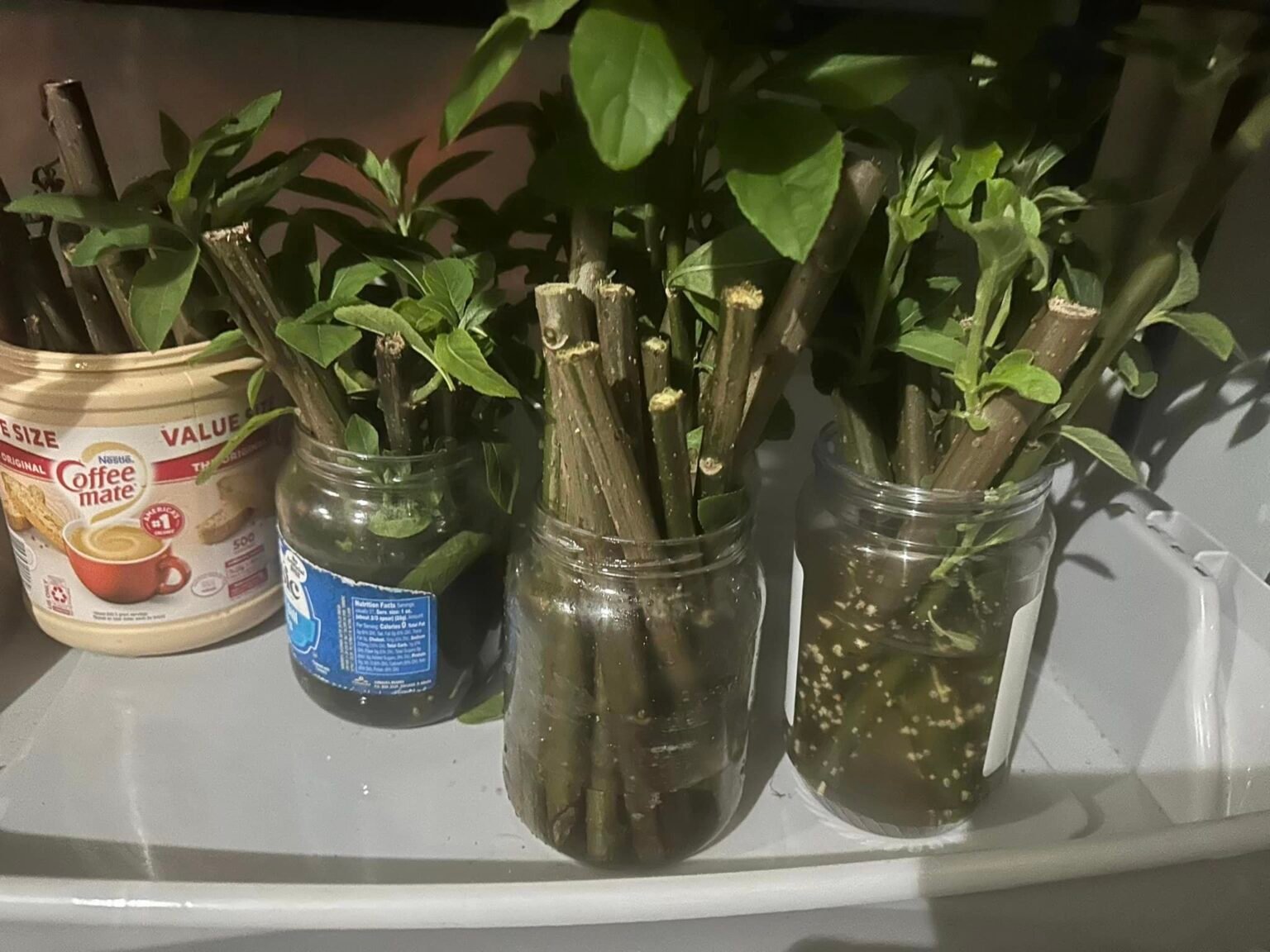
Bitter Leaf Stalks
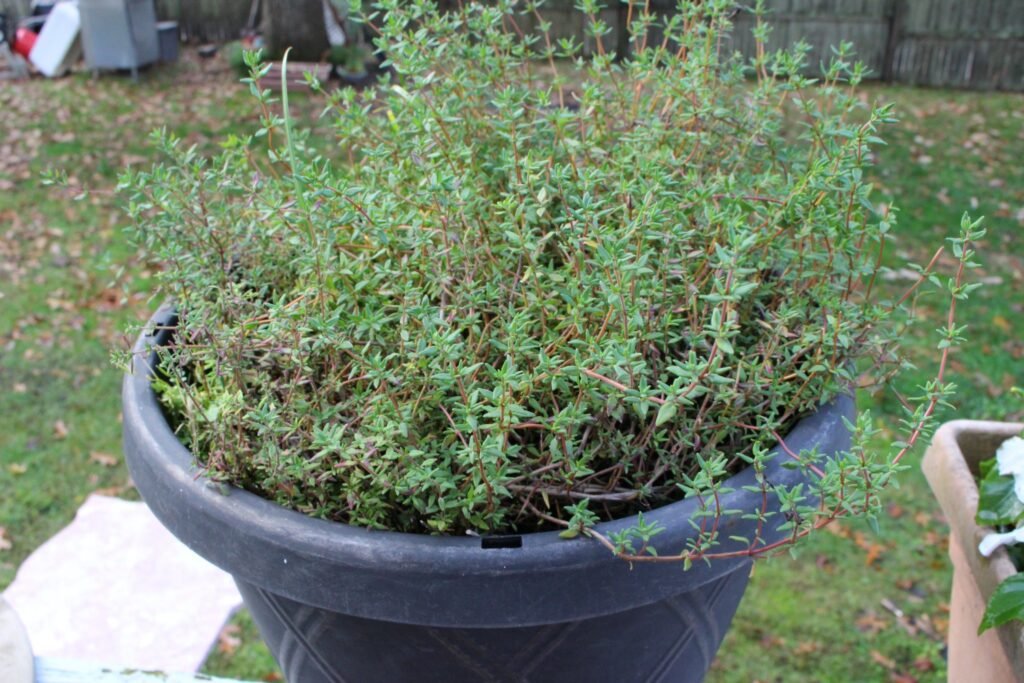
Thyme
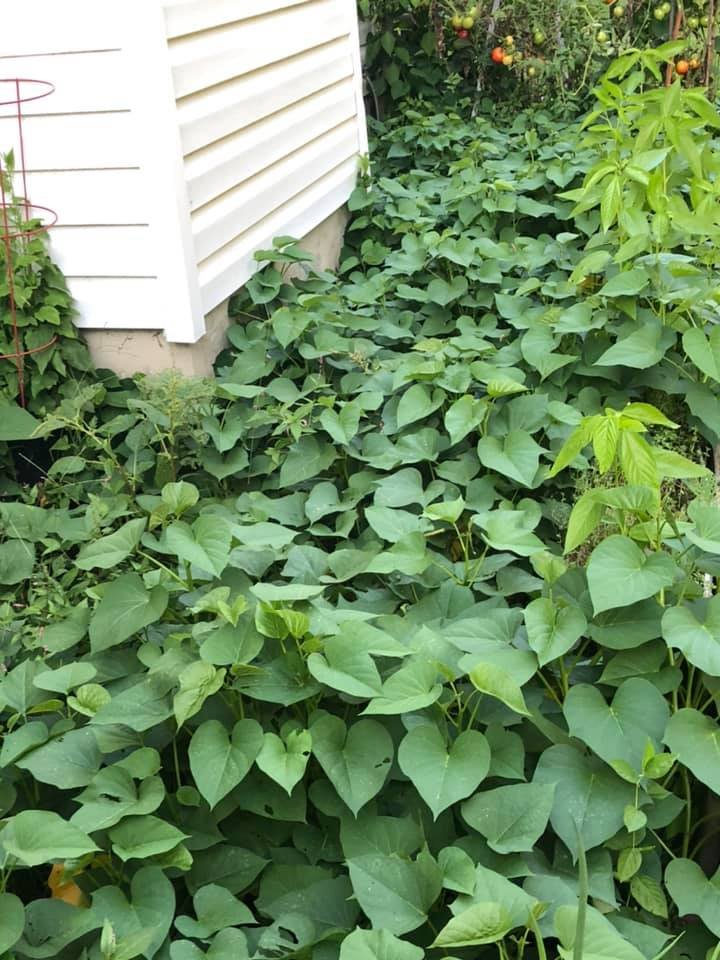
Potato Leaf

Bitter Leaf

Callaloo Plant
Back Yard Gardeners
Please note, gardening is a passion, you do not have to have a yard to plant, you can do it i even in an apartment or flat, in buckets or similar containers

Kacey Filo Joe
Founder/CEO
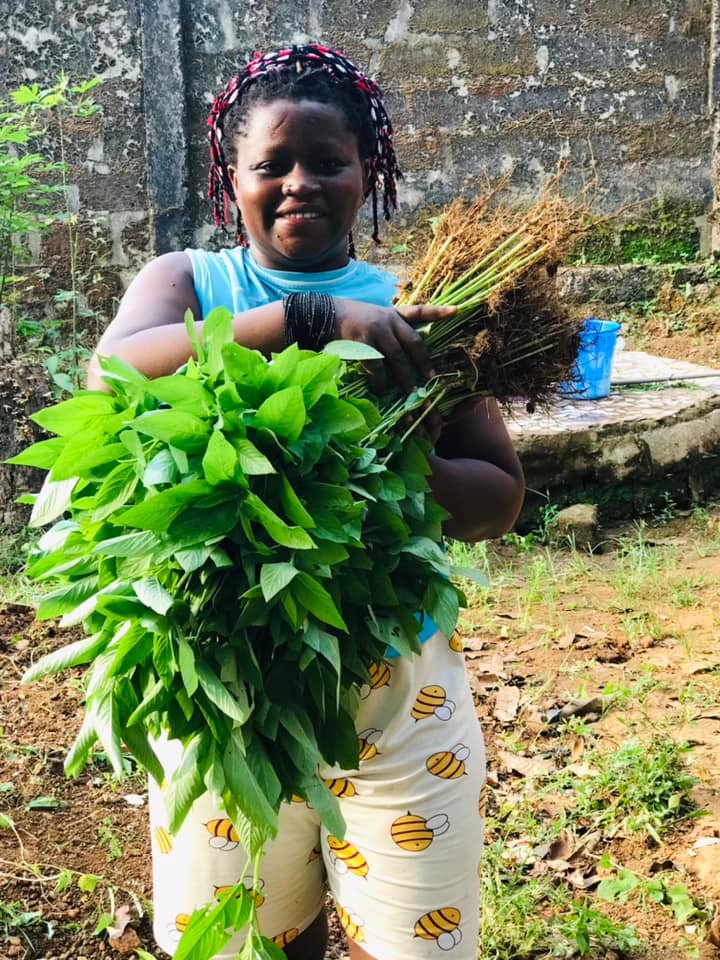
Sulma Marah
Contributor
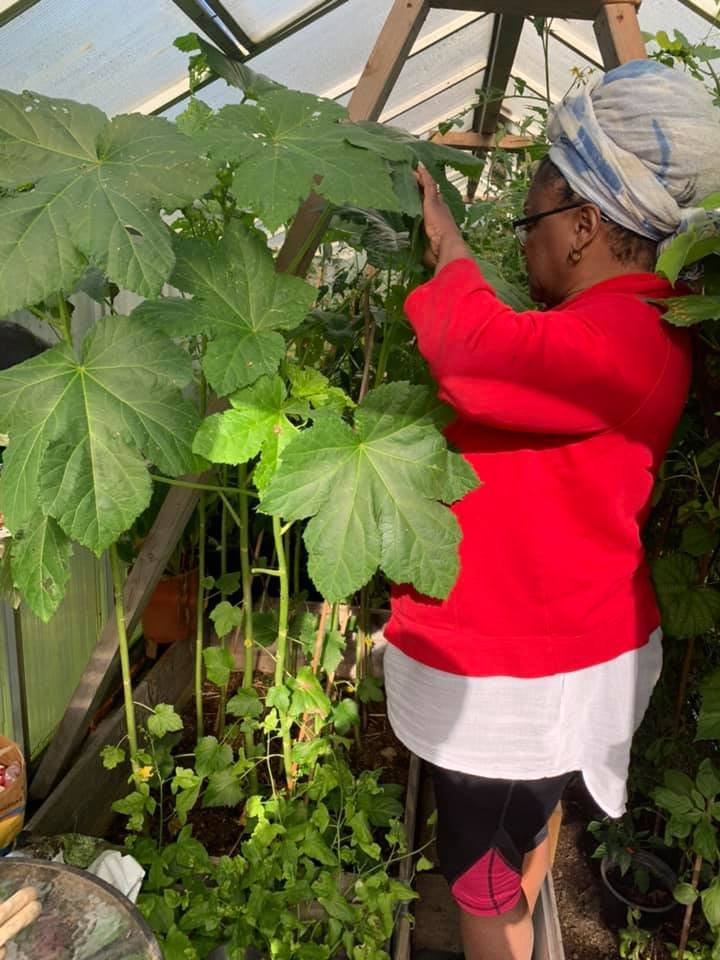
Daphne Omolara
Contributor

Olushola Al-Cole
Director
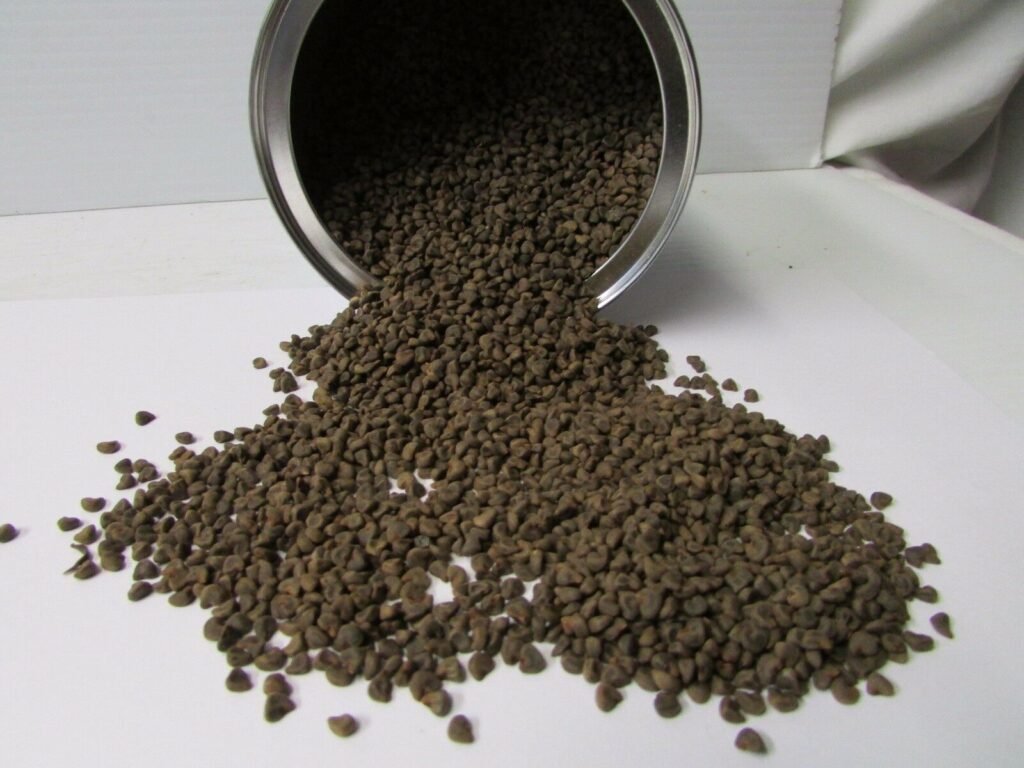
Sorrel Seeds
A week to germinate

Gardener
Contributor
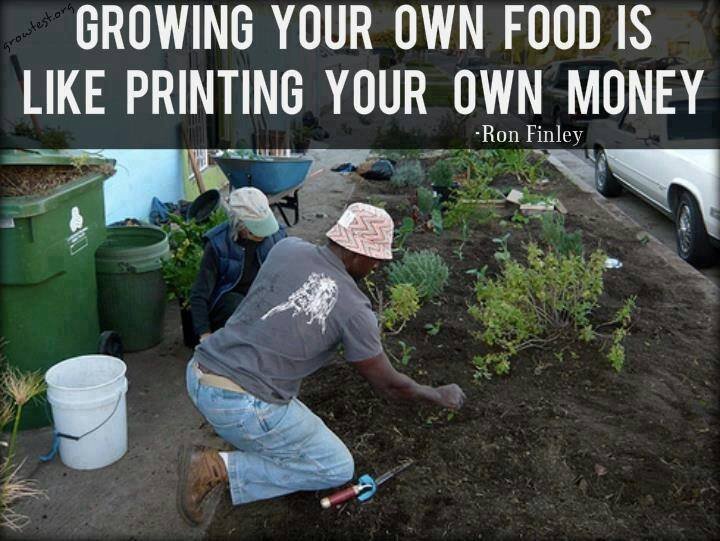
Plant the seed
Contributor
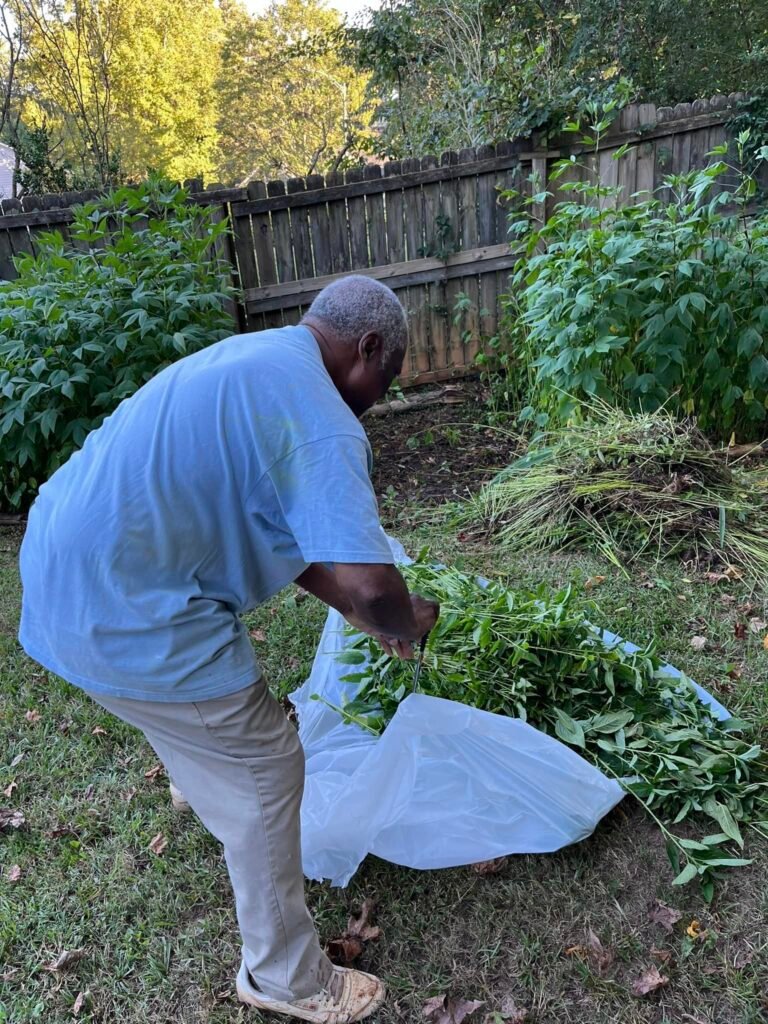
Gardener
Contributor
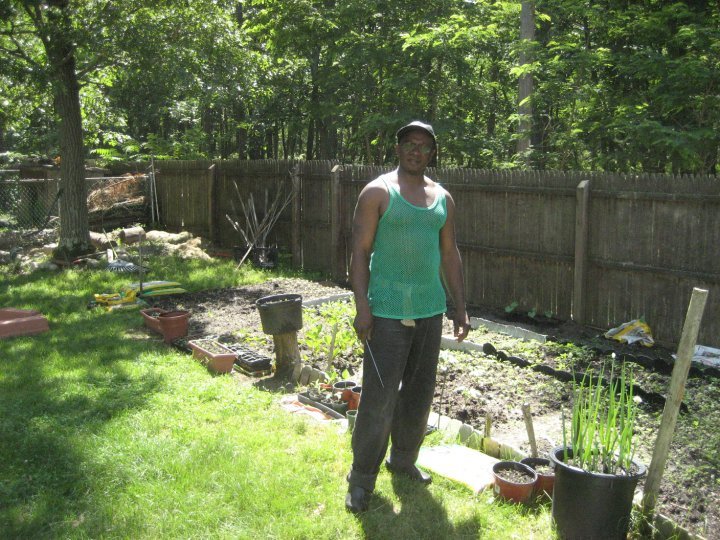
Kacey Filo Joe
Circa 2008

Potato and leaves
Starter Plant

Cassava Leaf Stalks
Starter Stalks
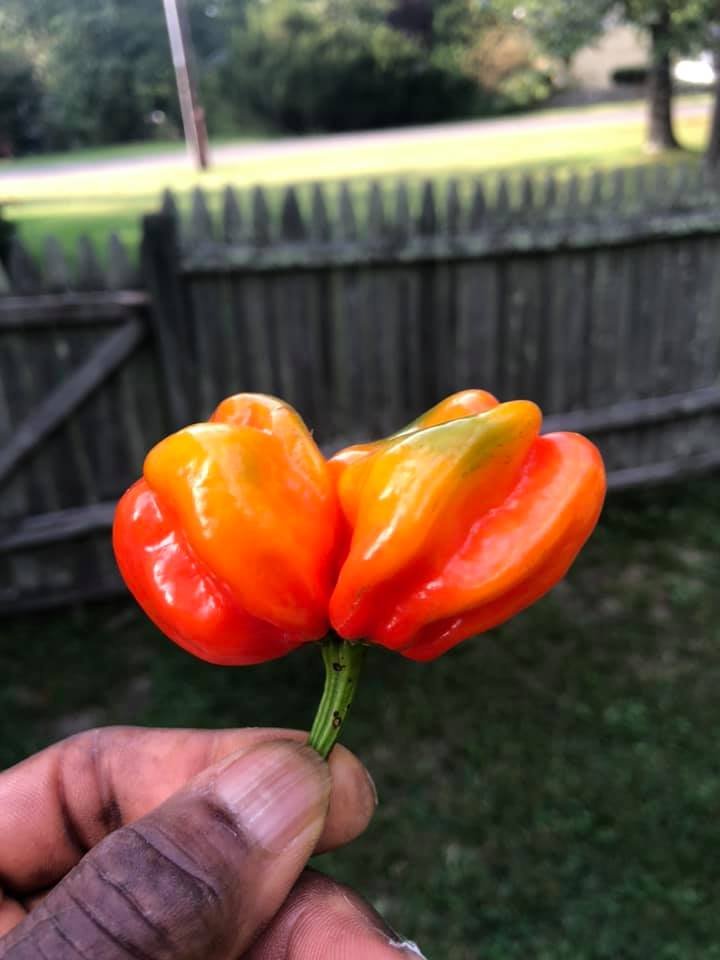
Twin Habanero
The fruit
Visitors that can ruin your efforts in the garden

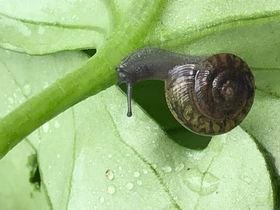
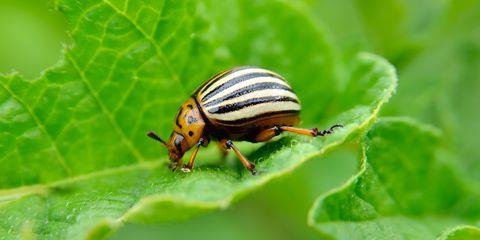


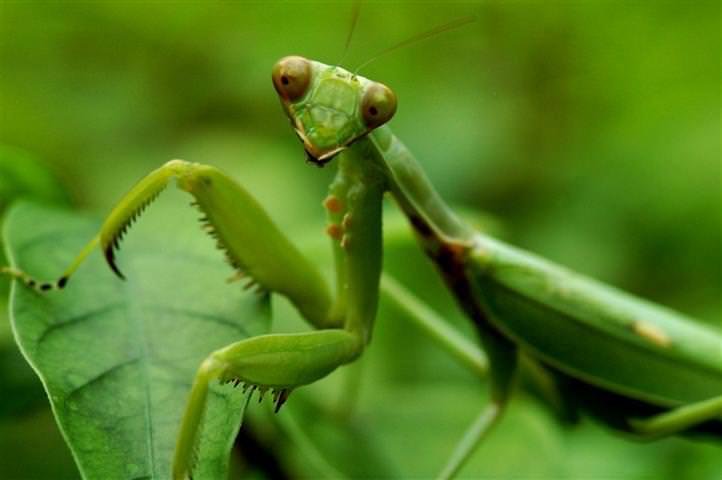
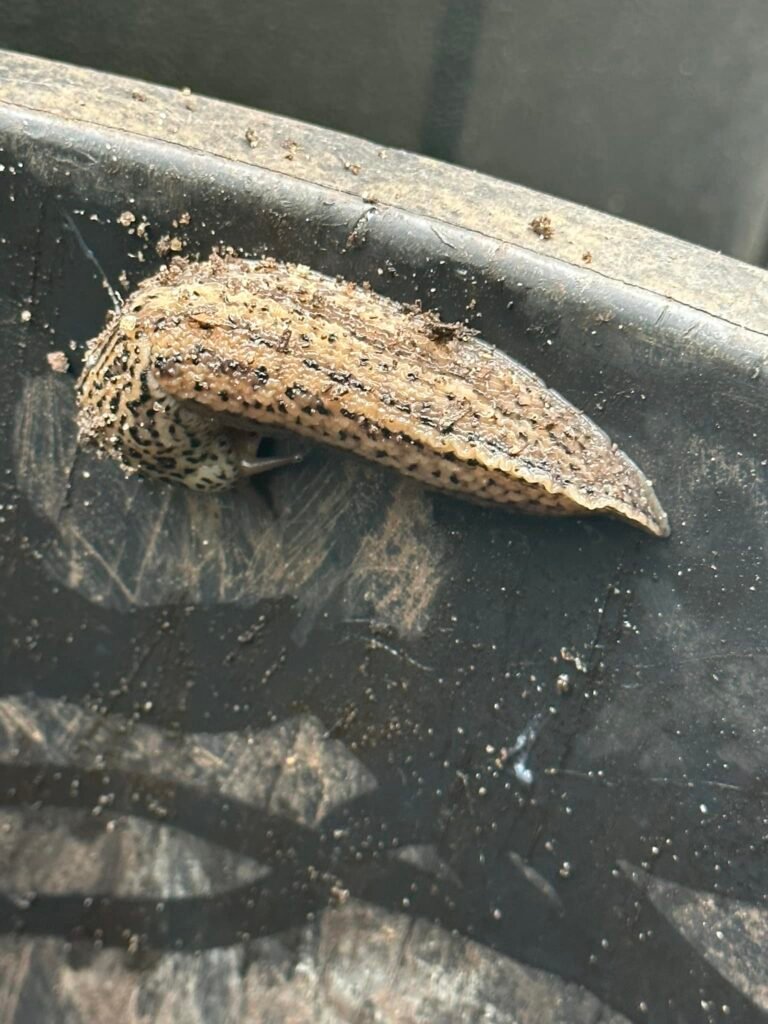

In every thriving garden, a delicate balance exists between the lush greenery and the diverse array of insects that inhabit it. While many insects play beneficial roles as pollinators, predators, or decomposers, some can pose challenges to gardeners. Let’s explore a few of these garden visitors:
1. **Hookworms**: These small, slender worms can sometimes be found in moist soil, particularly in areas with organic matter. While not harmful to plants, hookworms can pose a risk to pets and humans if ingested or if their larvae penetrate the skin. Maintaining good sanitation practices and proper waste disposal can help reduce the risk of hookworm infestations.
2. **Japanese Beetles**: These metallic green and copper-colored beetles are notorious for their voracious appetite for foliage. They can quickly skeletonize leaves and cause significant damage to ornamental plants, fruit trees, and garden crops. Control measures such as handpicking, using pheromone traps, or applying insecticidal soap can help manage Japanese beetle populations.
3. **Colorado Potato Beetles**: As their name suggests, these beetles are a common pest of potato plants, but they also feed on other members of the nightshade family, such as tomatoes and eggplants. Their larvae, known as “potato bugs,” can defoliate plants if left unchecked. Cultural practices like crop rotation and planting early-maturing potato varieties can help reduce Colorado potato beetle damage.
4. **Small Snails and Slugs**: These slimy mollusks are often unwelcome guests in the garden, as they feed on a wide range of plant material, leaving behind telltale slime trails and ragged foliage. To manage snails and slugs, gardeners can employ tactics such as handpicking, installing barriers like copper tape or diatomaceous earth, and creating habitats for natural predators like frogs and birds.
5. **Praying Mantises**: While most gardeners welcome praying mantises as beneficial predators that feed on a variety of insect pests, including aphids, caterpillars, and flies, they can occasionally prey on beneficial insects as well. To encourage praying mantises in the garden, avoid using broad-spectrum pesticides and provide habitat structures like tall grasses or shrubs where they can lay their egg cases.
6. **Stink Bugs**: These shield-shaped insects emit a foul odor when threatened, hence their name. While some species are harmless, others, like the brown marmorated stink bug, can be serious agricultural pests, feeding on a wide range of crops including fruits, vegetables, and ornamental plants. Control methods for stink bugs include trapping, exclusion, and targeted insecticide applications.
In a healthy garden ecosystem, the presence of insects is inevitable, and learning to manage and coexist with them is key to maintaining balance and promoting biodiversity. By employing integrated pest management strategies and fostering a diverse habitat, gardeners can minimize pest damage while supporting beneficial insects and other wildlife.
The Reward for Your Labor

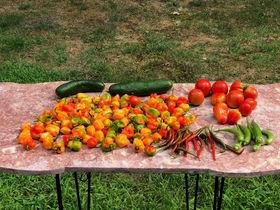

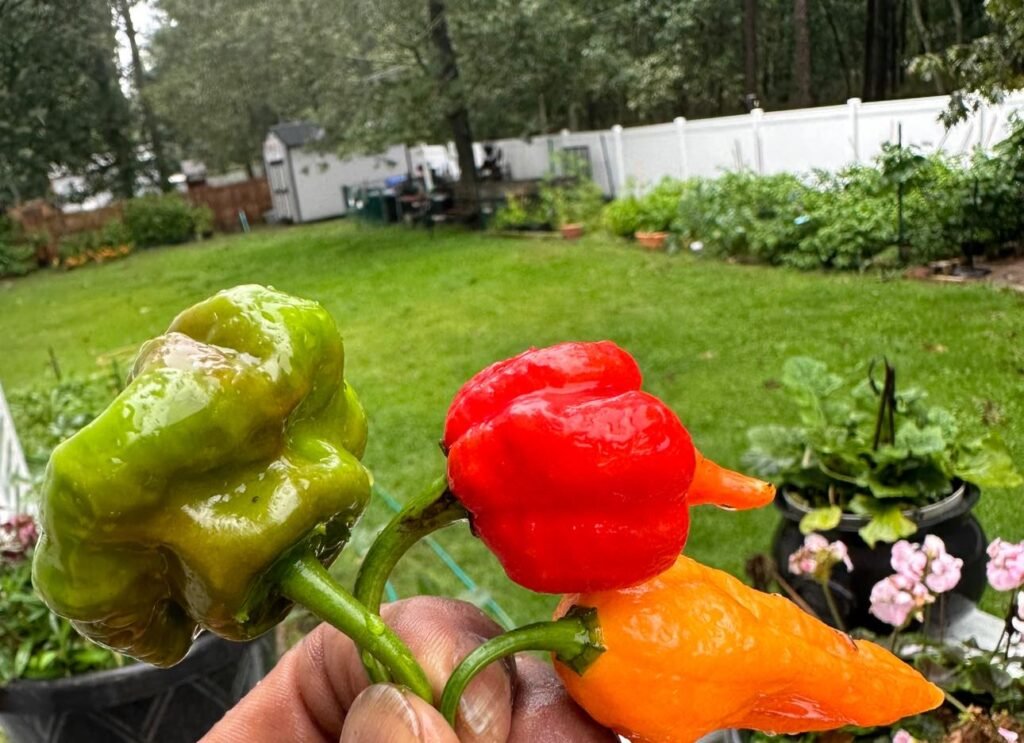


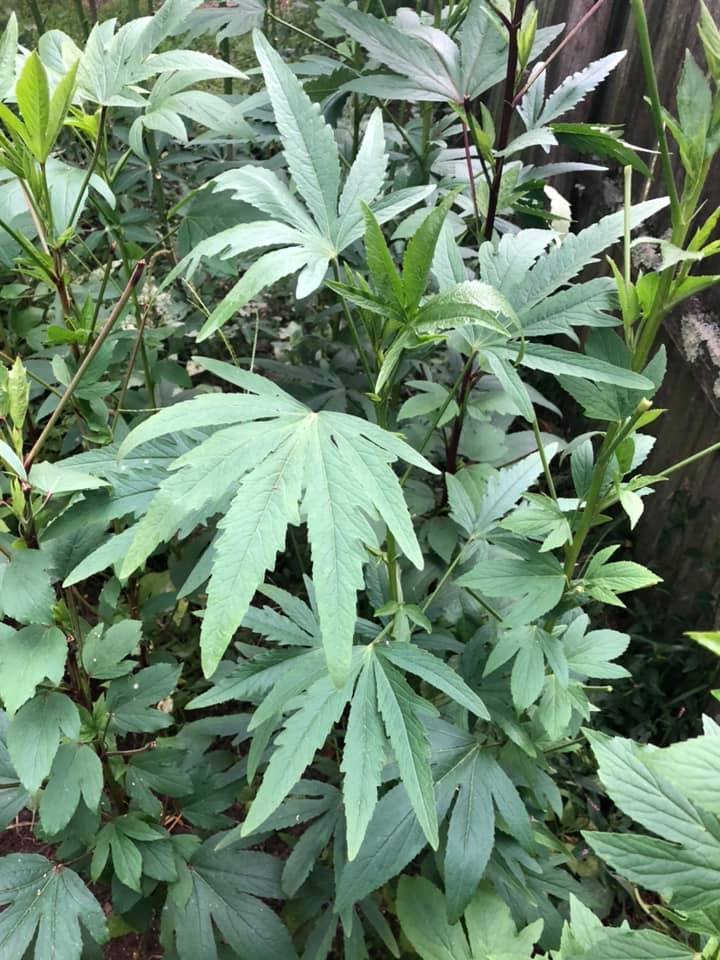

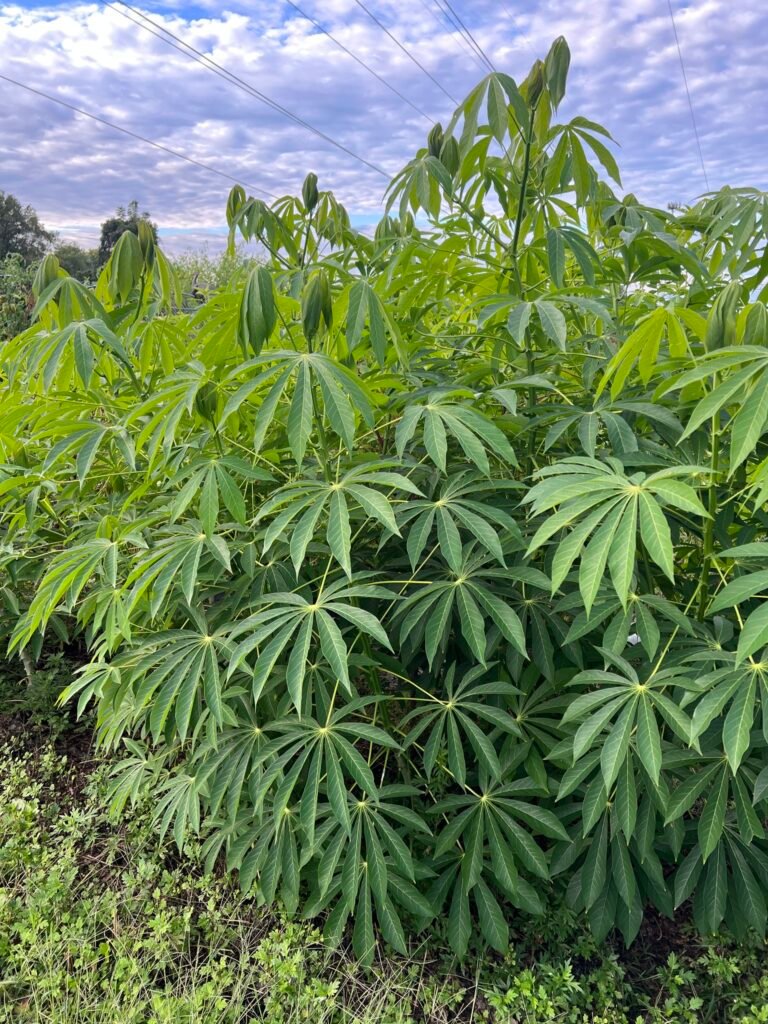
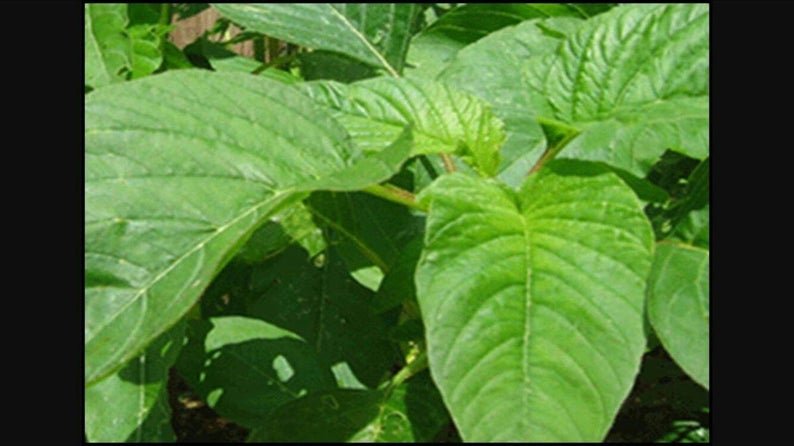

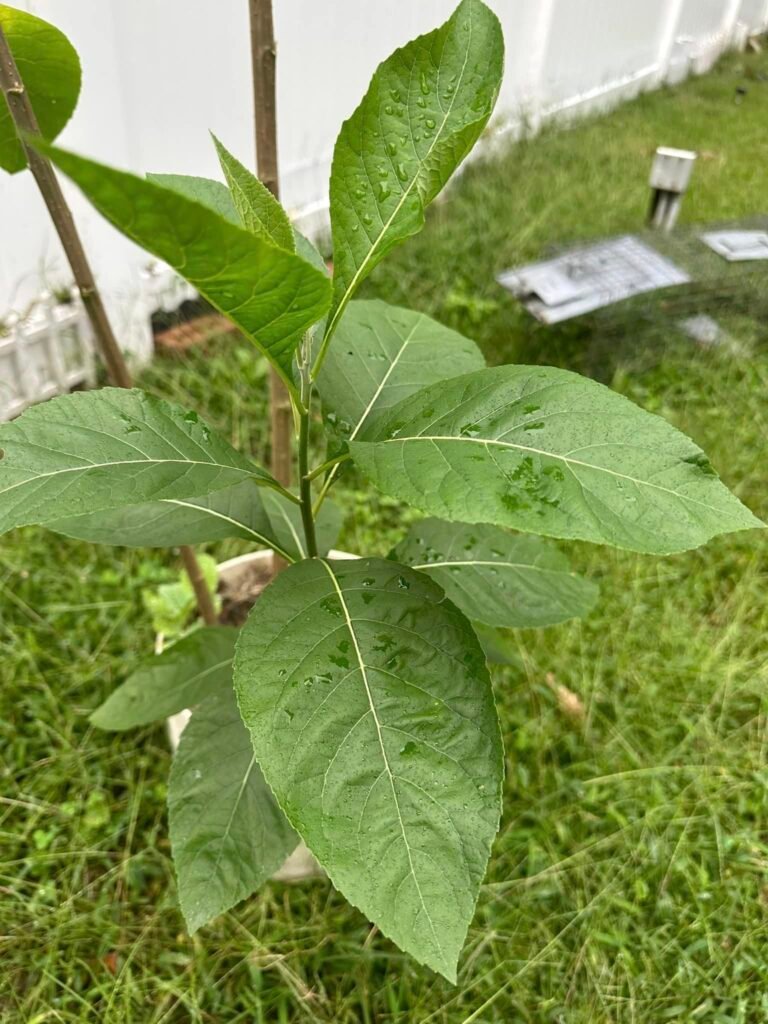




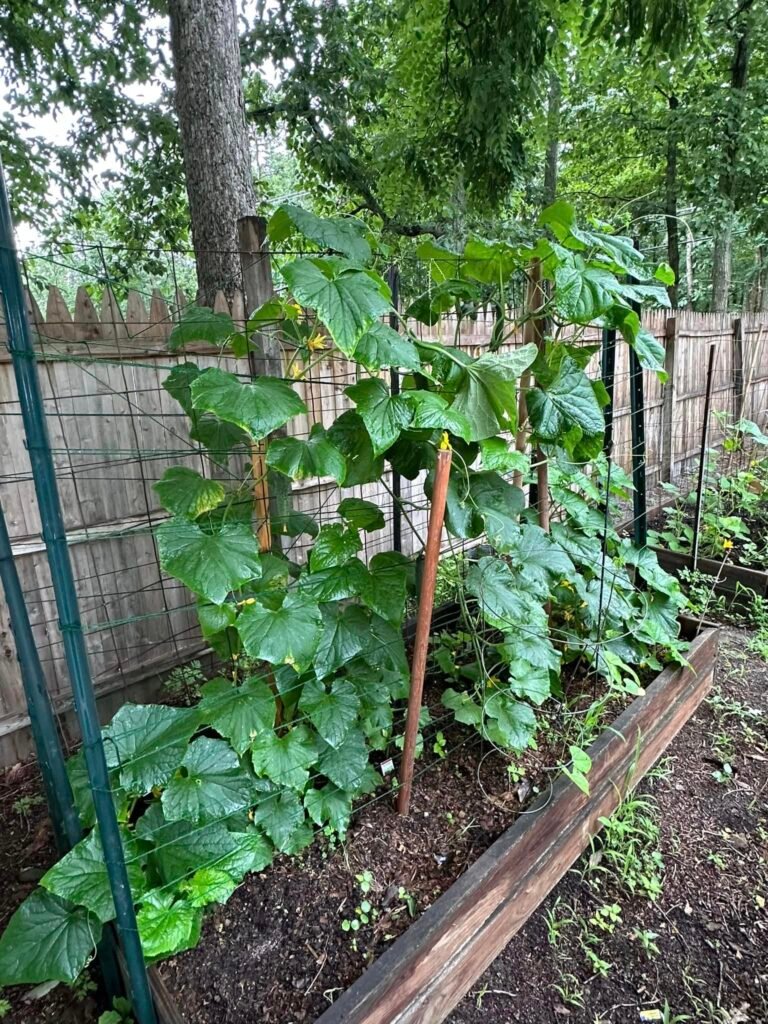

Animals You Do Not Want In Your Garden
All Animals are usually caught overnight or during the day and release at least 50 miles aways

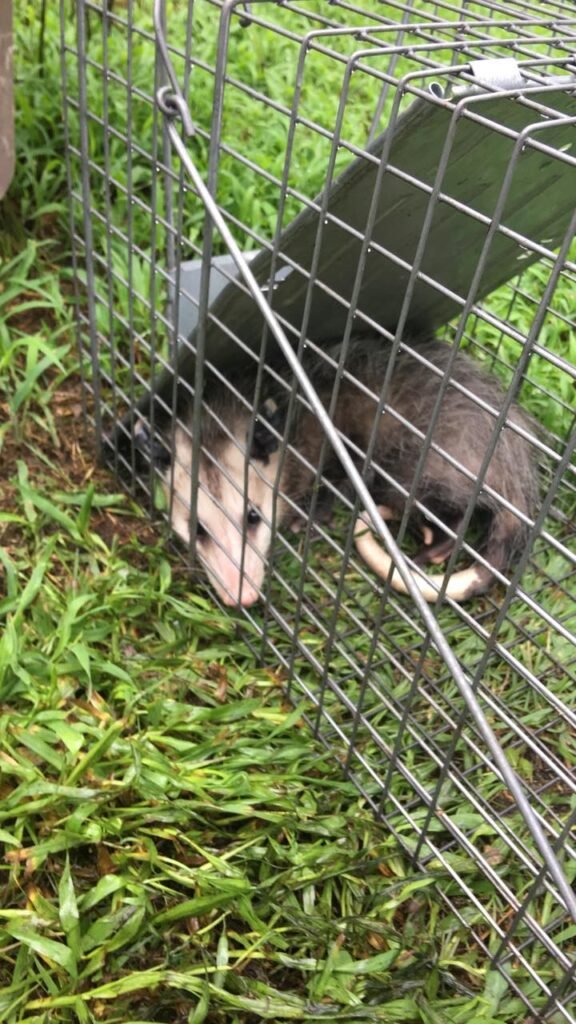
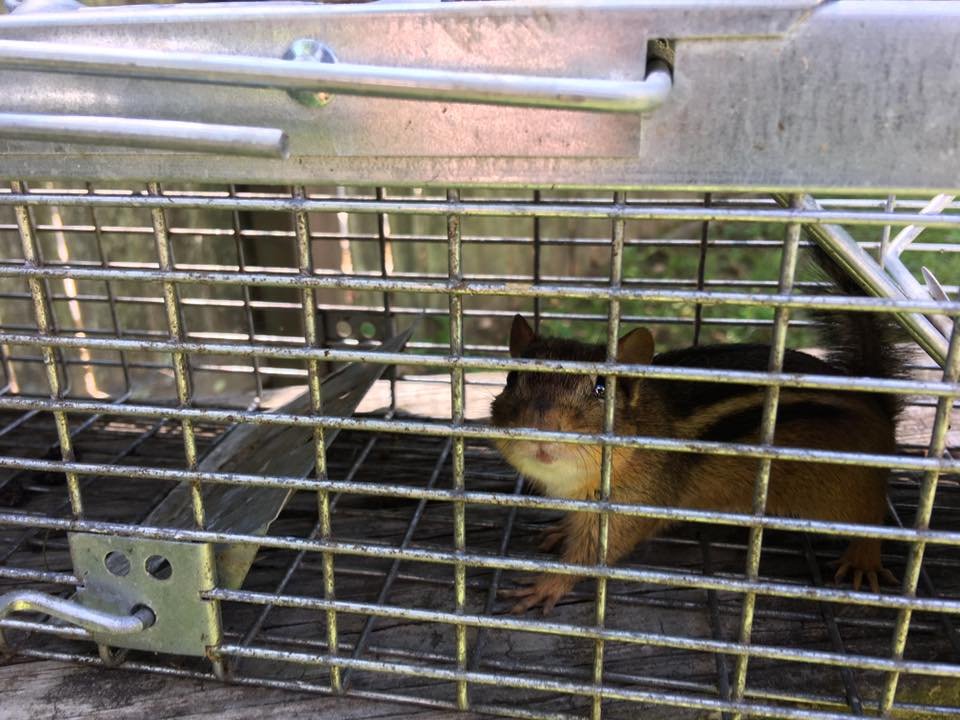




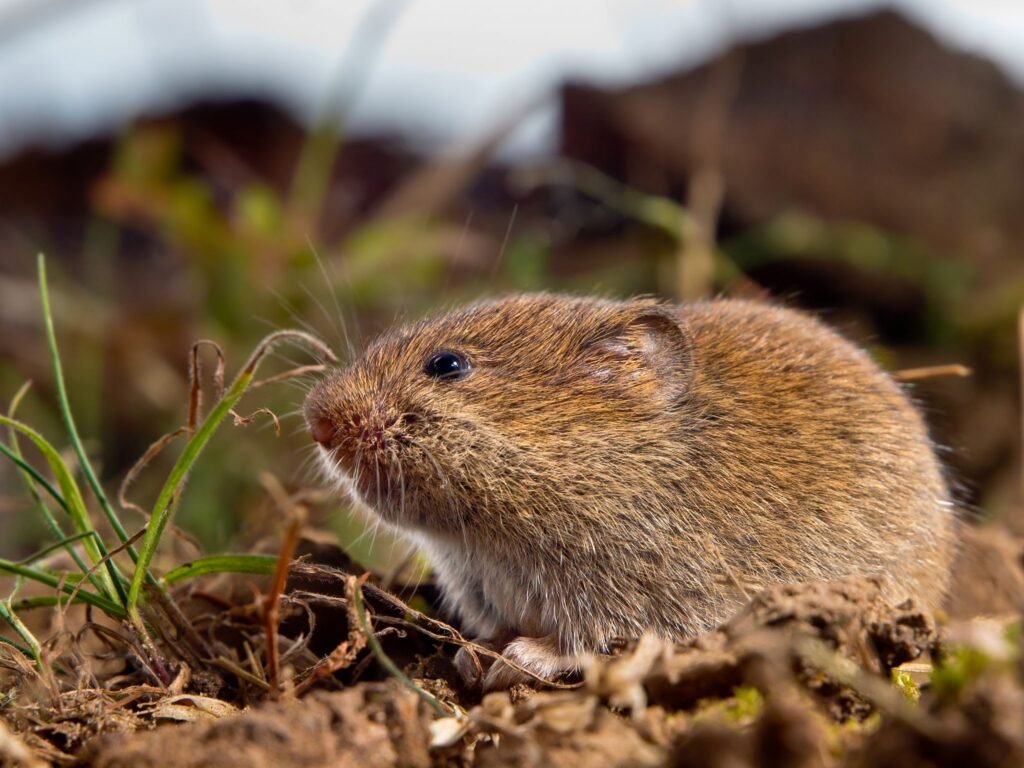
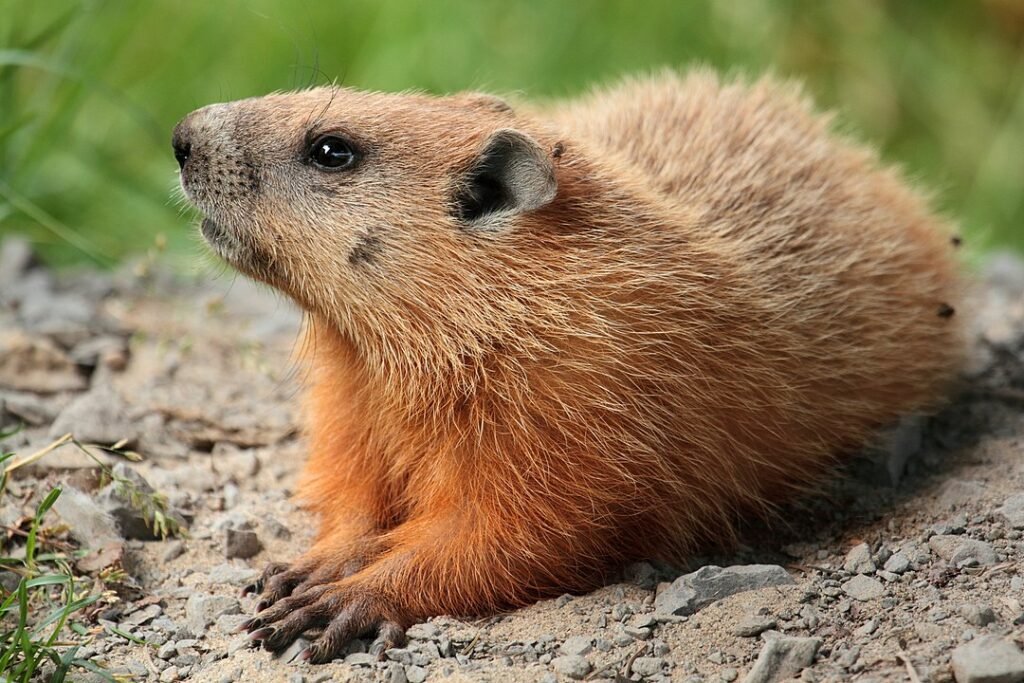
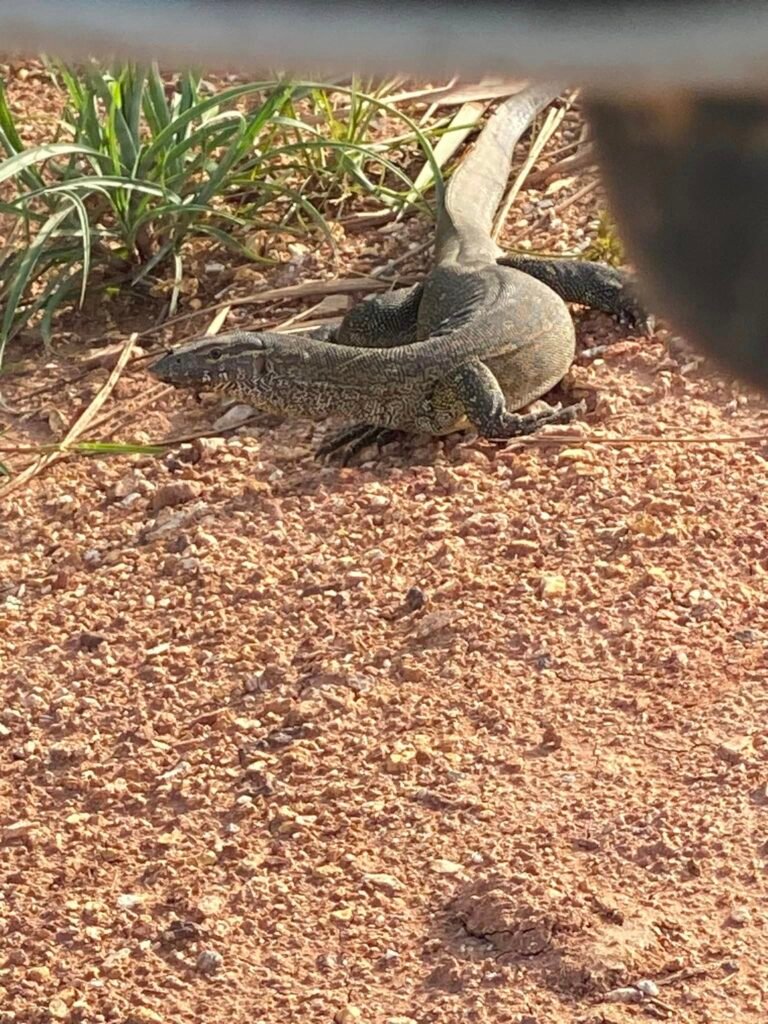
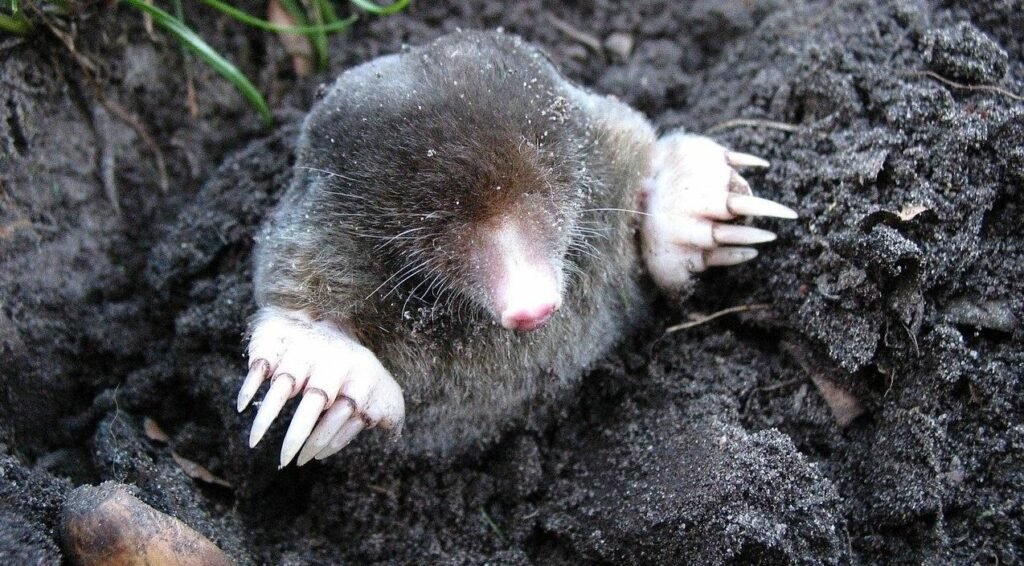

The Garden Invaders: Why Rabbits, Raccoons, Opossums, Deer, Squirrels, Hedgehogs, Voles, Groundhogs, and Cats Are Not Good for Your Garden
Maintaining a flourishing garden is a delightful endeavor for many, offering a sanctuary of tranquility and beauty. However, amidst the joy of nurturing plants, there exist a host of creatures that can wreak havoc on your botanical haven. From nibbling on prized blooms to digging up freshly planted seeds, the presence of rabbits, raccoons, opossums, deer, squirrels, hedgehogs, voles, groundhogs, and cats can pose significant challenges to gardeners. Let’s delve into why these critters are less than ideal companions for your garden sanctuary.
Rabbits:
Rabbits are notorious for their voracious appetites, and unfortunately, they have a particular penchant for tender young shoots and leafy greens. Their gnawing can decimate vegetable patches and flower beds, leaving behind a trail of destruction.
Raccoons:
Raccoons are clever and resourceful creatures known for their nocturnal activities. They are attracted to gardens by the promise of ripe fruits and vegetables, often raiding crops and leaving a mess in their wake. Additionally, they can wreak havoc on compost bins, scattering organic matter across the garden.
Opossums:
Although opossums primarily feed on insects, fruits, and small animals, they can still cause damage to gardens. Their foraging behavior may lead them to dig through soil in search of grubs and other tasty treats, disrupting delicate root systems in the process.
Deer:
Deer are graceful yet destructive visitors to gardens, particularly in areas where their natural habitats are encroached upon by urban development. Their appetite for foliage knows no bounds, and they can swiftly strip plants of leaves and flowers, leaving behind bare stems.
Squirrels:
Squirrels are known for their acrobatic feats and boundless energy, but their foraging habits can spell trouble for gardeners. They have a fondness for nuts, fruits, and seeds, often pilfering bird feeders and digging up freshly planted bulbs.
Hedgehogs:
While hedgehogs may seem harmless and endearing, they can inadvertently damage gardens by disturbing plants while foraging for insects and snails. Their nocturnal activities may also lead them to trample delicate seedlings and foliage.
Voles:
Voles, often mistaken for mice, are small rodents that can wreak havoc on gardens by tunneling through soil and gnawing on plant roots. Their underground activities can weaken plants and lead to stunted growth or even death.
Groundhogs:
Groundhogs, also known as woodchucks, are proficient diggers notorious for burrowing beneath garden fences and structures. They have a voracious appetite for vegetables, particularly leafy greens and tubers, which can result in substantial crop loss.
Cats:
While cats may seem like natural allies in pest control, they can pose a threat to gardens in several ways. Their digging behavior may disturb soil and plantings, while their penchant for stalking birds and small mammals can disrupt the garden’s ecosystem.
In conclusion, while nature’s creatures add charm and diversity to our surroundings, certain species can pose significant challenges to gardeners. From nibbling on prized plants to disrupting soil and foraging through compost bins, rabbits, raccoons, opossums, deer, squirrels, hedgehogs, voles, groundhogs, and even domestic cats can detract from the beauty and productivity of your garden. Implementing effective deterrents and strategies for managing wildlife encounters is essential for maintaining a thriving garden sanctuary.
WE ARE ANIMAL LOVERS, HOWEVER YOUR GARDEN IS NOT A PLACE FOR THEM
